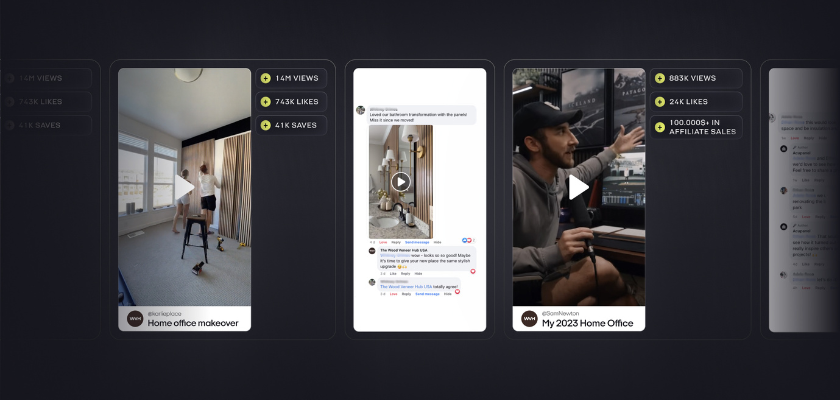Marketing 101: The Basics Every Business Owner Should Know
This guide is going to be packed with information. But keep in mind that we’re only scratching the surface here. So feel free to follow the links to other articles that dive further into topics you’re most interested in....
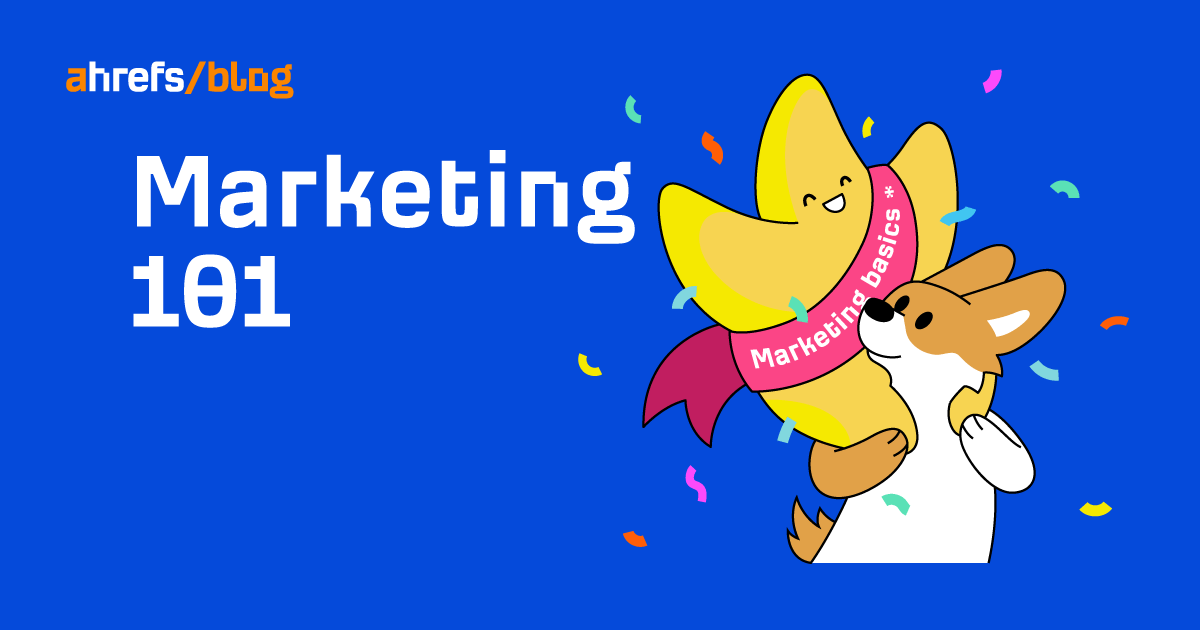
This article is an introduction to marketing for small-business owners, solopreneurs, and beginner marketers. Our goal is to help you understand the key concepts of marketing without unnecessary jargon. This guide is going to be packed with information. But keep in mind that we’re only scratching the surface here. So feel free to follow the links to other articles that dive further into topics you’re most interested in. But first, here’s what we’ll talk about: Here’s how the American Marketing Association (which reviews the definition every three years to keep it timely) defines it: Marketing is the activity, set of institutions, and processes for creating, communicating, delivering, and exchanging offerings that have value for customers, clients, partners, and society at large. If that definition sounds a bit complex, here’s the gist of it. What this definition is trying to tell us is that marketing is not only about promoting something, but it’s also about creating desirable products and services and distributing them in a way that increases their attractiveness. Businesses transfer (sell) goods or services to customers in exchange for value (money). Sounds easy. But here’s what can go wrong for a business: Marketing is a business practice meant to address all those issues, such as generating awareness through generating desire, fostering customer loyalty, and encouraging advocacy. In other words, because marketing connects the business with its customers, there can be no sales without marketing. So now we know what marketing is and why it is important. But what does marketing actually do? What are the main roles or key areas of marketing? For decades, marketers have been answering these questions with the four Ps of marketing: Let’s dig in. One of the roles of marketing is co-creating the product. In fact, this is where all marketing starts. Every product development process needs to take market conditions into consideration. Things like who the customer is, what product features the market demands, who the competitors are, and how to do better than these competitors. We can answer these and similar questions during market research. Discovering what to build is a critical stage in marketing and in business. That’s because it’s virtually impossible to effectively market a product that doesn’t fit the market. Conversely, a product that can satisfy an existing demand in a promising market doesn’t need complicated or pushy marketing tactics. So, to give you a taste, here’s how Ahrefs (our product) matches against some fundamental questions that marketing answers in this area: A good price is one that your target audience can afford and makes your business profitable. This is easier said than done. But marketing is here to help. Setting a price point arbitrarily is rarely a good idea. There are various ways marketers can inform executive decisions based on market insights. Here are some basic ones: How and where customers will buy a product or service, i.e., place, is another factor that marketing influences (this happens even before we touch on promotion tactics). Here, market research offers insights into important information, such as the customers’ shopping habits and competitors’ sales channels, to determine the optimal distribution model. Have you ever wondered why some products are not directly available on the producer’s website? Or why do some types of software come in both digital and physical versions while others do not? That’s no coincidence. That’s marketing. Here’s a quick rundown of some popular distribution models that marketers can choose from: Only after establishing sound fundamentals in the product, price, and place can marketers then focus on promotion. These are the tactics used to reach the target audience with a message. Think advertising, blog post creation, social media, email marketing, etc. Marketers are usually associated with activities from this area of marketing—and this “image” is not wrong. Once the strategic components of marketing are in place, marketers spend most of their time working on promoting what their companies have to offer. When planning promotion tactics, marketers need to know some things: For example, at Ahrefs, our core marketing tactic is content marketing. We’ve chosen to focus on this type of marketing because: In the next paragraphs, we’re going to focus on the promotion part of marketing. But if you want to read more about the four Ps of marketing, check out this guide. OK, let’s move on. Marketing is a process. Professional marketers are well aware that visitors don’t become customers immediately—at least not in every type of business. And marketers don’t argue with that fact. Instead, they take that into account and develop a “path” to convince people gradually. It’s likely no other marketing concept conveys that truth better than the marketing funnel. A marketing funnel is a system designed to attract customers (or clients) to a business. And then convert them. Gradually. A typical marketing funnel consists of several stages of converting visitors into leads, then into customers, and then possibly into brand advocates. Take these two tactics, for example. A blog post about doing keyword research for SEO is likely to drive visits from search queries related to the topic, such as “seo keyword analysis” or “how to do keyword research.” This means that this content is a good way to generate awareness and interest about our brand and product, as people Googling these terms don’t need to know about us in the first place. On the other hand, we have a landing page that compares Ahrefs to some of our competitors. Since it will be mostly visited by people who already know our product and are most likely in the market for an SEO tool, this is a proper tactic for the Consideration stage of the funnel. The other important takeaway from the marketing funnel model is that marketing as a process doesn’t end after someone buys from you. If you want your customers to come back and make repeated purchases, it’s a good idea to keep people engaged after the “purchase” stage. One of the ways to achieve this is to send out a regular newsletter to your mailing list. Datacamp, a code learning platform, aims to keep its users engaged by sending regular emails. They contain a “weekly goal” reminder and a curated list of resources. Here’s an excerpt from one of those emails: Marketing is a business challenge that has more than one solution. These different solutions are the types of marketing. And these are not secrets in the industry—companies copy and remix them all of the time. The key lies in choosing the optimal combination of these types and using them well. Let’s take a look at some examples. These acronyms stand for business-to-business marketing and business-to-consumer marketing, respectively. Marketers often differentiate these solutions because some tactics are more effective for marketing to businesses and others for marketing to consumers. Even the messaging style differs. Here, we have an example of account-based marketing: A company uses emails to promote a new product feature. The emails were carefully targeted, sent only to accounts most likely to benefit from the new feature. Instead of urging prospects to “buy now,” the message is a case study of a solution to a business problem. Below, we have a tactic often used in B2C marketing: influencer marketing. In this example, an influencer with 21.5K Instagram followers quite obviously advertises a food delivery company on her page. It’s a simple yet powerful message: If that company is good for me, it’s probably good for you too. Here’s a handful of discounts so that you can take action immediately. Another pair of basic marketing types that can be used to describe most marketing tactics is inbound and outbound marketing. The first one is about “pulling the customer in” by, for example, providing helpful content to the prospect when they’re ready. The latter is about pushing the offering to the customer with an “interrupting” message, e.g., advertising. For example, when we aim to attract new visitors with an article about email outreach, it’s inbound marketing (if people access the article via a search engine). But when we launch a PPC marketing campaign with ads featuring the same article, that’s outbound marketing. This is because we’re reaching out to potential customers who may not necessarily be interested in us or ready to learn more. Content marketing is the process of creating and distributing content to attract and retain customers. By content, I mean blog posts, podcasts, videos, infographics, ebooks, etc. Promotion through content marketing usually involves satisfying a prospect’s need (e.g., the need to solve a problem at work, the need for entertainment, etc.) while giving exposure to the product or brand. For example, Trader Joe’s (a grocery store chain) found a way to serve up helpful and entertaining content featuring everyday products that shoppers can find on its shelves. And it’s doing this in more than one way: Trader Joe’s regularly generates three types of content in the Fearless Flyer food catalog that’s also distributed in print. So not only does it go the extra mile and provide product information on neatly designed pages, but it also gives some inspiration on what to do with those products: While sharing recipes for delicious meals, Trader Joe’s also promotes its products. Take a look at this picture from one of its blog posts titled “Take a Dip Into the New Year” (pun intended). The main characters here are two ordinary jars of olives. But by showing them in the context of a delicious olive dip (there’s a recipe for it too), the olives now look exceptionally tasty to potential customers. Through its content marketing, Trader Joe’s is turning dull grocery shopping into a colorful, funny, and appetizing journey that gets better with every product shoppers put into their carts. Trader Joe’s content is an example of product-led content, which we’ll talk more about later. Email and social media, although quite different from each other, share a similar idea for marketing: gather an audience and use an owned marketing channel for direct messaging. For instance, here is the same message distributed in two different ways. One is in a newsletter sent to our email subscribers; the second is a tweet to our Twitter followers. 66 Content Marketing Statistics for 2022 by @m_makosiewicz Hello, 2022! To mark the new year, we’ve rounded up some interesting content marketing statistics worth diving into. 📝https://t.co/BJcisVORR6 — Ahrefs (@ahrefs) January 3, 2022 Do you notice the intersection of different types of marketing here? There’s content marketing (the article about statistics) mixed with email marketing; there’s also content marketing mixed with social media marketing. By “mixing” these, we can reach more people with our articles instead of only publishing them on our blog. The last type of marketing I want to talk about is a rather new addition to the “family.” Growth marketing is the process of increasing a company’s revenue by applying an experiment-driven and integrated approach to all stages of attracting customers. So instead of simply copying what’s working for other marketers or focusing on one marketing channel, growth marketers devise hypotheses and then verify them through data from marketing experiments. Therefore, growth marketing needs to be open to any type of marketing and all marketing channels—as long as they work and there is data to prove this. What’s also distinctive here is that growth marketing, unlike some more traditional theories of marketing, doesn’t just attract people to a business. It aims to take care of the entire marketing funnel. So, at one point, a growth marketer may be optimizing ads on LinkedIn. At another, they may be turning customer feedback into product feature ideas. Take a look at the example below to see how growth marketing can be different from the types you’ve seen above. This model shows a growth loop that works for Notion, a productivity app: Every new user is a chance to attract (and/or retain) another user without the company needing to incur additional costs or take further actions. Everything we’ve discussed so far may sound like basic marketing theories. But make no mistake here—these things work. Here’s how applying some of the above principles helped Ahrefs become a successful, eight-figure annual recurring revenue (ARR) company. The effectiveness of marketing depends on many factors, e.g., the budget, how well a business stands out from the competition, and whether the business targets the right audience. But above anything else, marketing relies on its fundament which, if you remember from the four Ps of marketing, is the product. Here’s why: At Ahrefs, we made sure our product fit the market before we hired the first full-time marketer. Back then, the product grew mostly thanks to word of mouth from satisfied customers and impressed reviewers. To this day, word of mouth is one of our top three customer acquisition channels. Just one of many polls where people vote for our product. Source: SEO Signals Lab. Our product-market fit also allows us to invest in content marketing confidently. This brings us to the next point. To create product-led content means to turn your product into actionable advice for your audience. Consider the scale below, which we use to rank topic ideas. Product-led content is basically content that gets at least a “1” on that scale: In general, there’s nothing wrong with non-product content, as it can offer a vast pool of topic ideas with considerable traffic potential. But we prefer sticking to content where we can feature our product because: And finally, to create product-led content for SEO means to develop content with organic search as the main distribution channel in mind. In marketing jargon, the kind of content that is designed to rank in search engines and attract searchers from search engine pages is called SEO content. This type of content has many benefits. But for the sake of brevity, here are two main ones: Let’s illustrate the results of this tactic: Currently, the content on our blog alone generates over 340K organic visits every month. If we wanted to generate the same amount of traffic through paid ads, we would need to spend almost $540K every month. As you may have noticed, at Ahrefs, we mainly stick to content marketing. But that doesn’t mean we don’t do other types of marketing. In fact, we experiment whenever there is a chance for us to learn something new or improve something that’s already a commonly used tactic. Here’s why it matters: But whatever you do, it’s crucial to measure the outcome. Just like the old business adage says: What you can’t measure, you can’t improve. For instance, let’s look at the chart below showing one of our blog posts’ organic traffic. If we hadn’t measured the post’s performance, we couldn’t have improved it. Consequently, we would have missed out on a lot of traffic. The rest of the process is pretty straightforward. If it works, start doing it regularly. And if it works in the long run, do more of it. It’s a simple rule, but it sometimes gets overlooked. Marketers tend to get distracted from what’s important by the latest fads. They also get too consumed by the everyday chase of nailing those KPIs. Let’s quickly sum up what we discussed in this article. First of all, contrary to popular belief, marketing is not only about promoting a product. It’s also about co-creating the product based on market research and user feedback. Secondly, marketing is typically a process that connects the right audience with the right kind of product, a sort of matchmaking. It doesn’t end at converting a visitor into a customer. Some marketing tactics will allow you to keep your customers, encourage them to come back, and spur them to recommend your business to others. Finally, there is no silver bullet in marketing. There are different types of marketing that you should probably try out to see what you can do best and what gives you the best outcomes. On that note, we hope our sharings on the three simple yet powerful things that have worked for Ahrefs will inspire you. So what are the next steps here? If you’re in need of a battle plan that will guide your marketing efforts, that means you’re in need of a marketing strategy. Well, you can learn how to do that in this five-step guide. And if you want to streamline your learning process, try these 17 Free Online Marketing Courses to Learn Digital Marketing. Got questions? Ping me on Twitter.Product

Price

Place
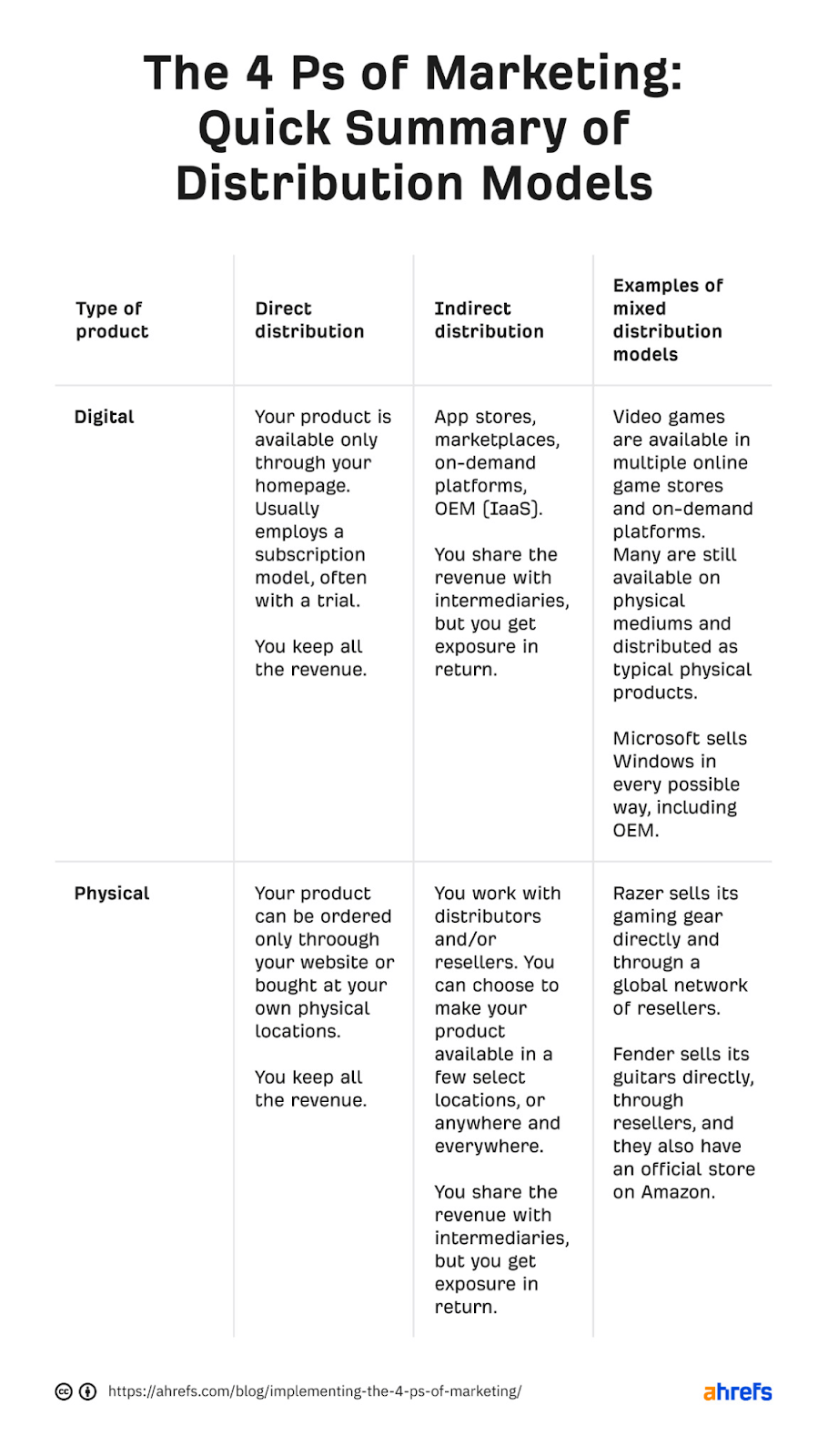
Promotion
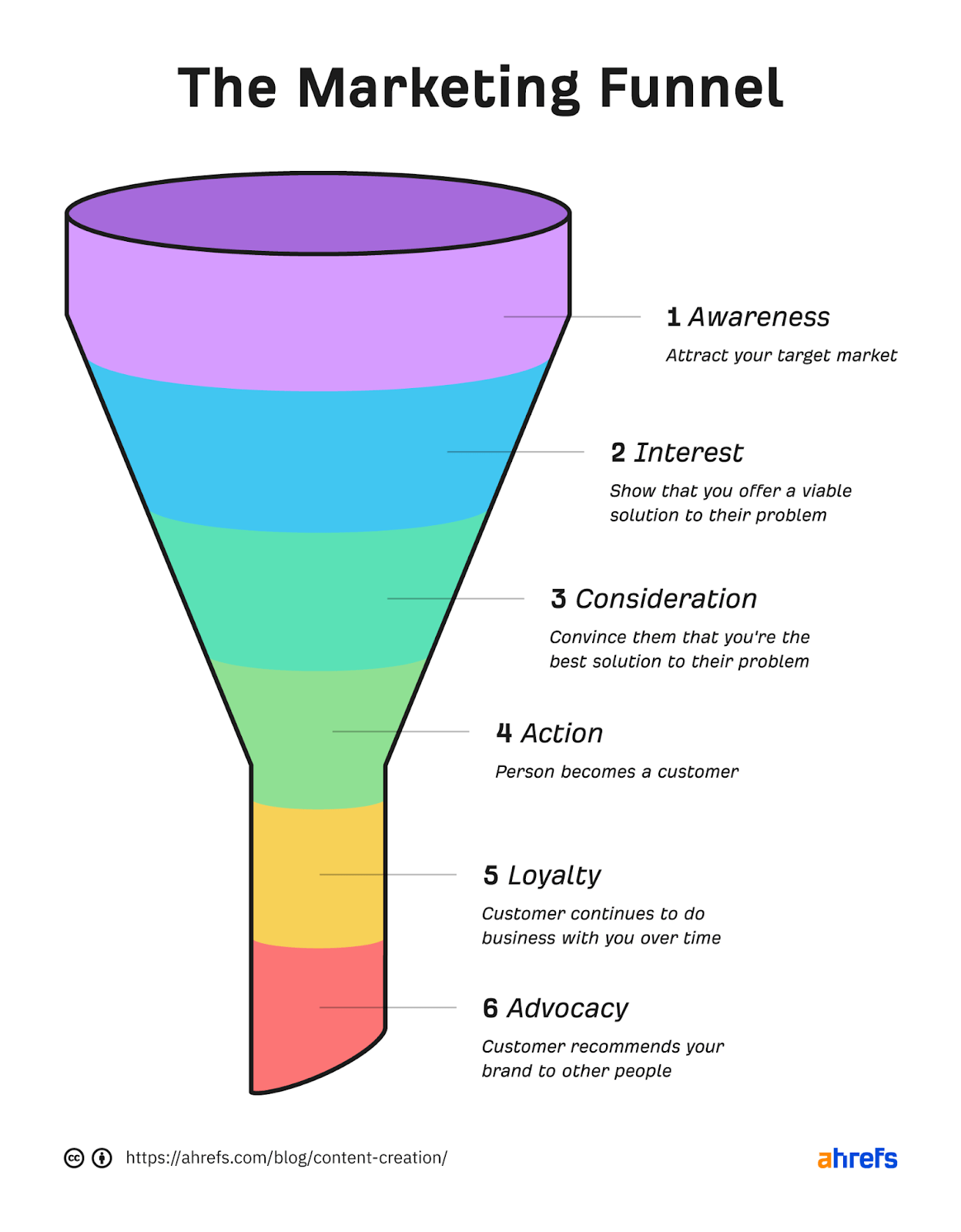


B2B and B2C marketing


Inbound and outbound marketing


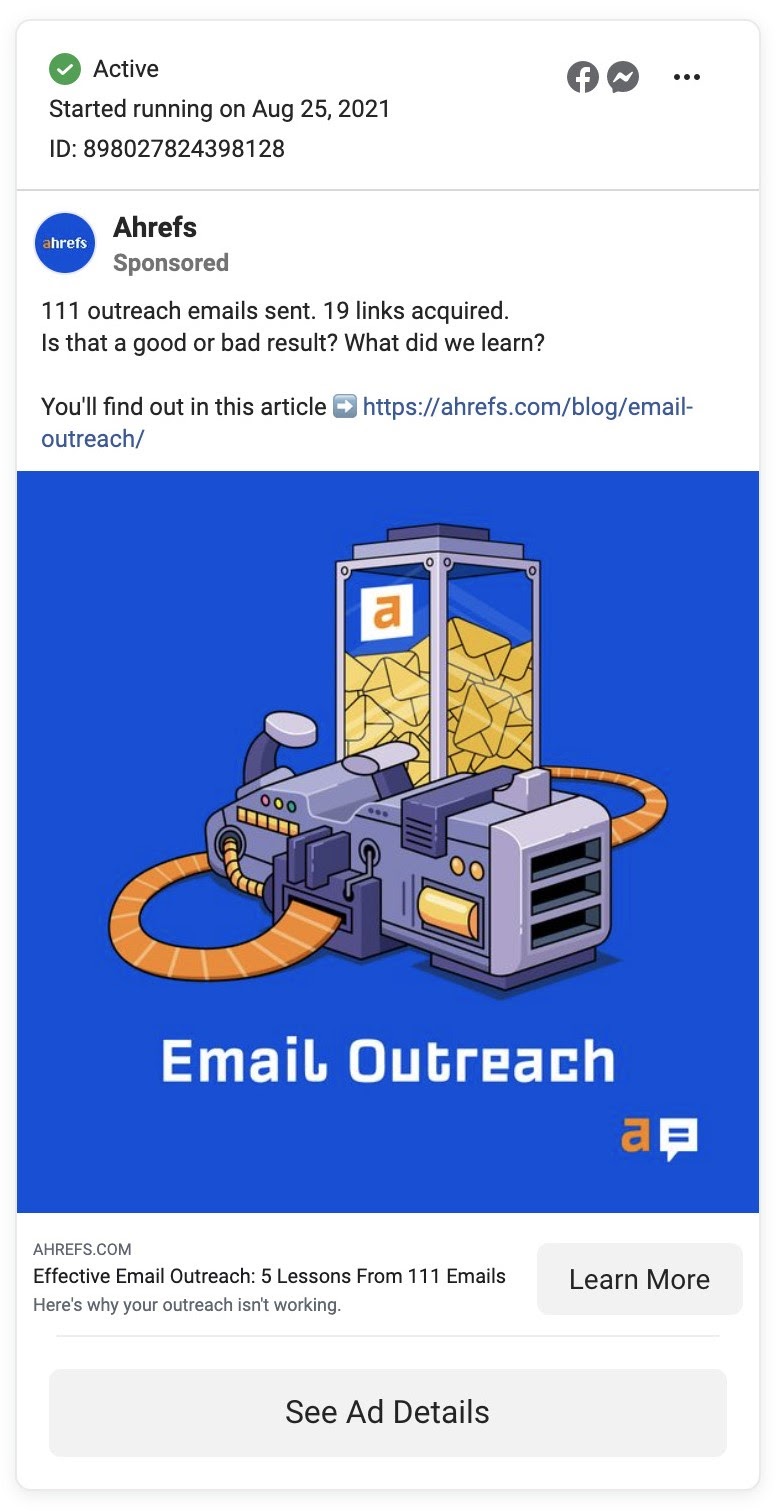
Content marketing



Email and social media marketing

Growth marketing

Three marketing tips from an eight-figure ARR company
Tip 1. Marketing relies on the product more than anything else
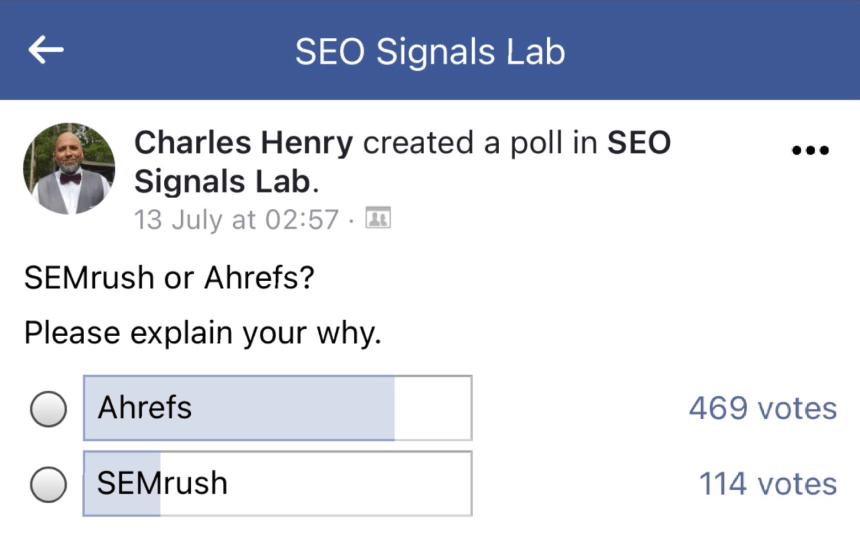
Tip 2. Create product-led content for SEO

Tip 3. Experiment, measure, and scale what’s working
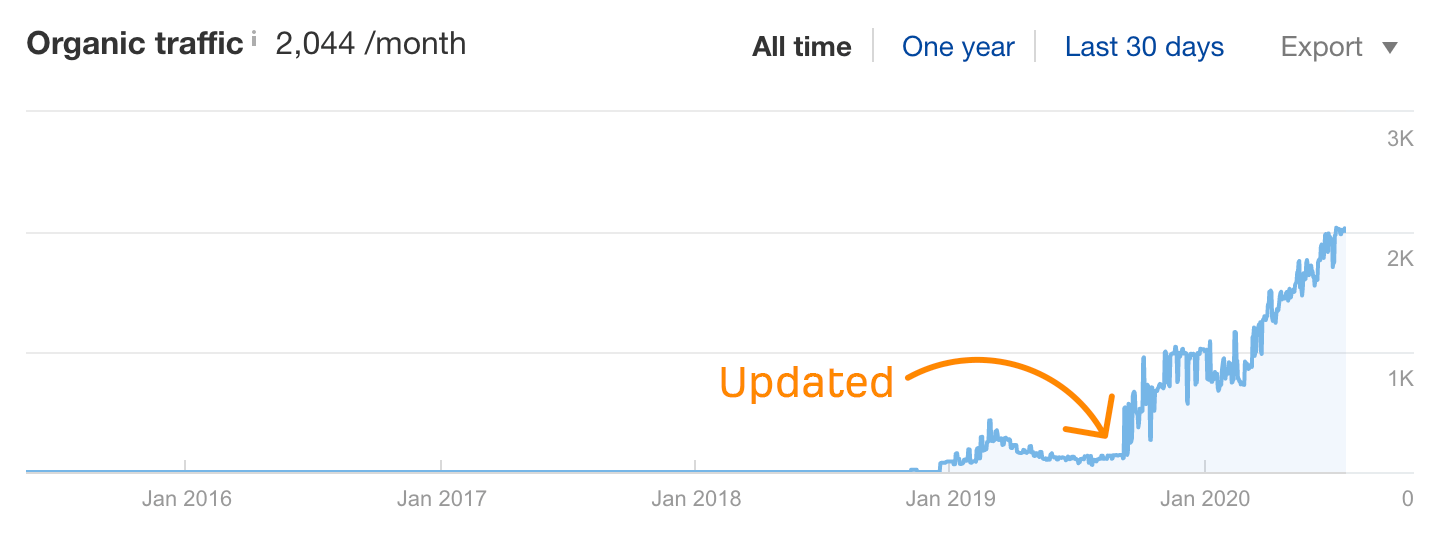
Final thoughts

 ShanonG
ShanonG 




























